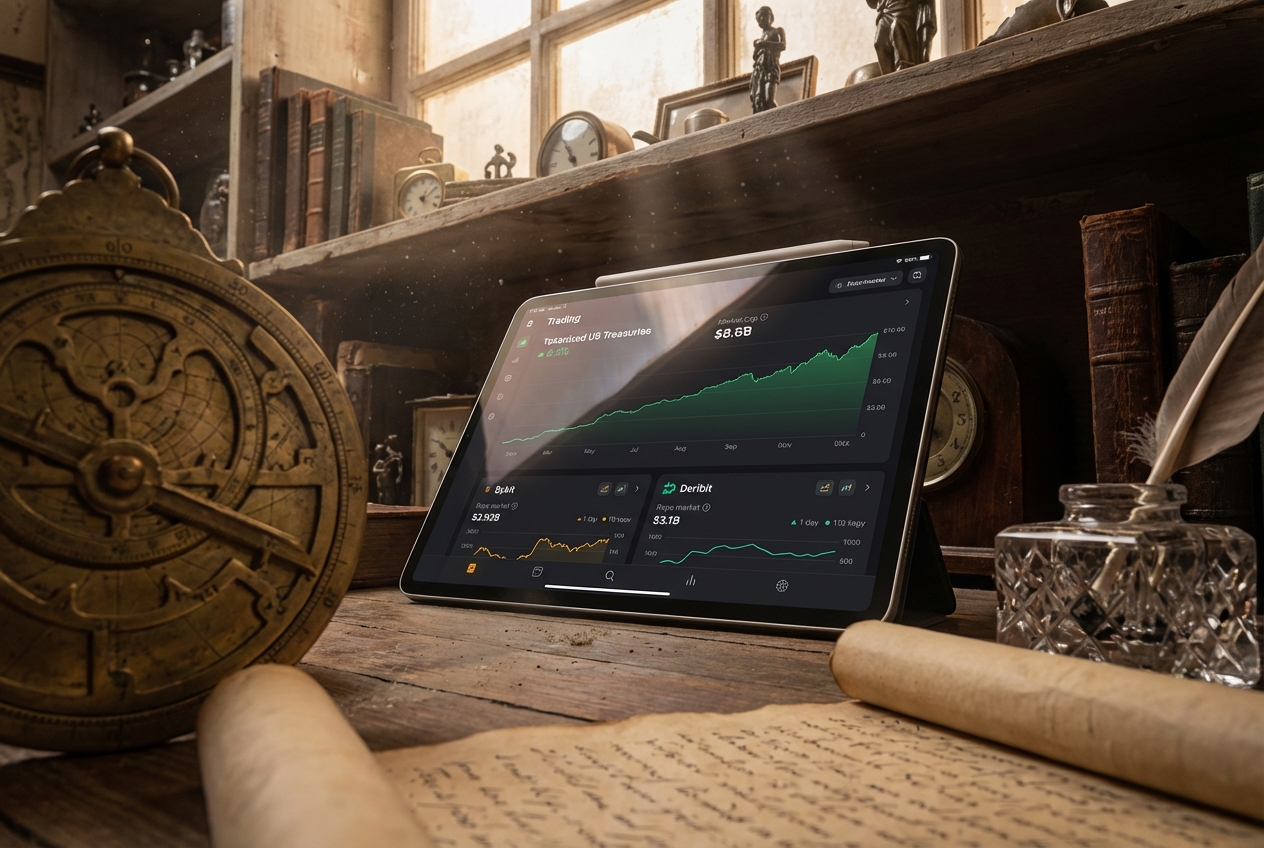How Tokenized U.S. Treasuries on Ethereum Are Reshaping Institutional Fixed-Income Investing

The world of institutional fixed-income investing is undergoing a profound transformation as tokenized U. S. Treasuries on Ethereum move from concept to mainstream adoption. Once the exclusive domain of banks and large asset managers, Treasury markets are now being reimagined for the digital age, offering new levels of efficiency, transparency, and accessibility. As of September 2025, the market for tokenized Treasuries has surged to $7.2 billion, with Ethereum hosting approximately 74% (or $5.3 billion) of these assets. This rapid growth signals not only technological progress but also a fundamental shift in how institutions approach capital markets.

Ethereum: The New Backbone for Capital Markets
Ethereum’s programmable blockchain has become the preferred ledger for tokenizing real-world assets, including government debt. Its smart contract capabilities enable seamless issuance, trading, and settlement of tokenized securities around the clock – a stark contrast to traditional bond markets that operate within limited business hours and require multi-day settlement periods.
Major financial institutions have taken notice. In August 2025, Fidelity launched its Fidelity Treasury Digital Fund (FYOXX) on Ethereum, introducing the Fidelity Digital Interest Token (FDIT). This ERC-20 token represents shares in a fund backed by U. S. Treasuries and offers institutional investors real-time settlement with 24/7 access. BlackRock’s BUIDL fund has quickly grown to manage over $2.5 billion in assets since early 2024, also leveraging Ethereum’s infrastructure for enhanced transparency and operational agility.
Key Advantages: Liquidity, Transparency, and Fractionalization
The appeal of blockchain treasury tokens lies in solving long-standing frictions in fixed-income markets:
Key Benefits of Tokenized U.S. Treasuries for Institutions
-

24/7 Liquidity and Real-Time Settlement: Tokenized U.S. Treasuries on Ethereum, such as those offered by BlackRock’s BUIDL Fund and Fidelity’s Treasury Digital Fund (FYOXX), enable institutional investors to trade and settle assets instantly, around the clock, eliminating traditional market hours and T+2 settlement delays.
-
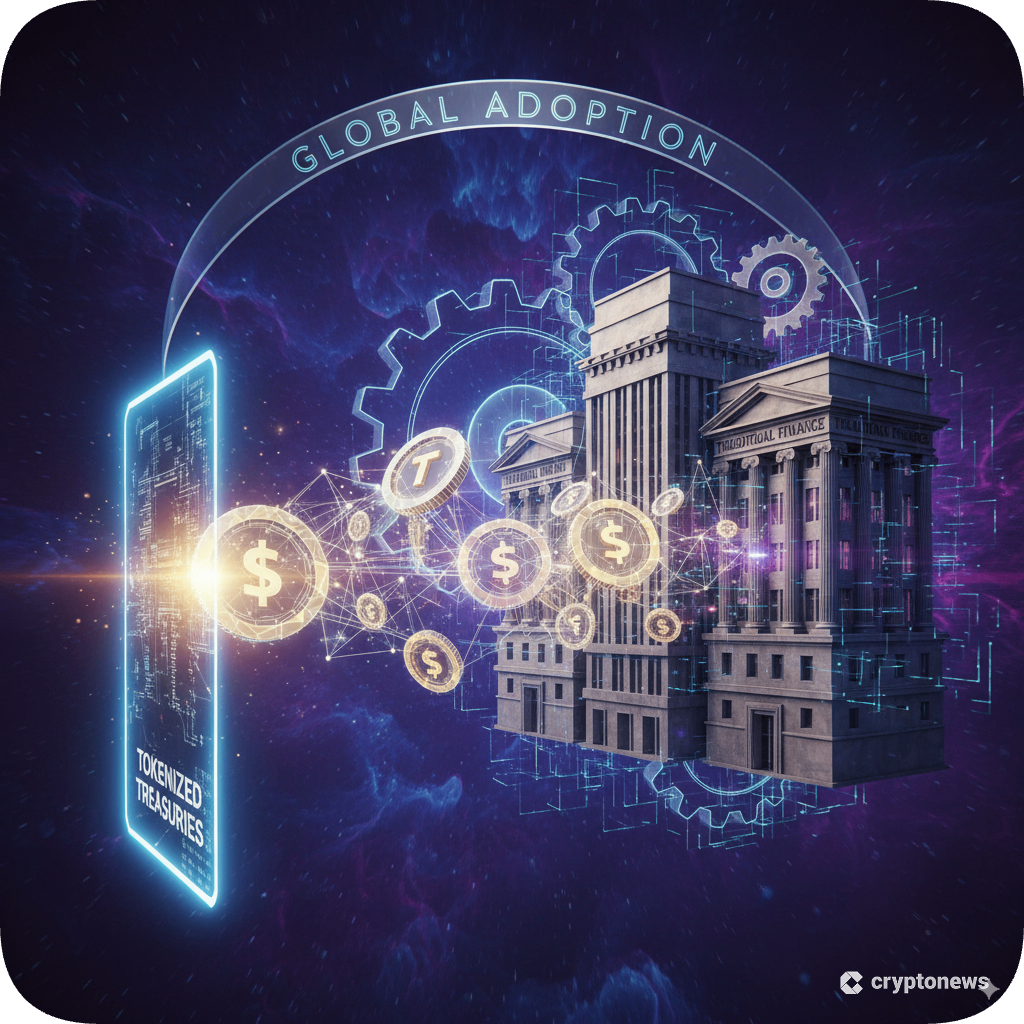
Fractional Ownership and Accessibility: Platforms like Ondo Finance and Arca Labs (ArCoin) allow investors to purchase fractional shares of U.S. Treasuries, reducing minimum investment sizes and enabling more flexible portfolio construction.
-

Enhanced Transparency and Security: Blockchain-based tokenization ensures transparent, immutable records of ownership and transactions. This reduces fraud risk and increases trust, as seen in products like BlackRock’s BUIDL and Fidelity’s FDIT token.
-
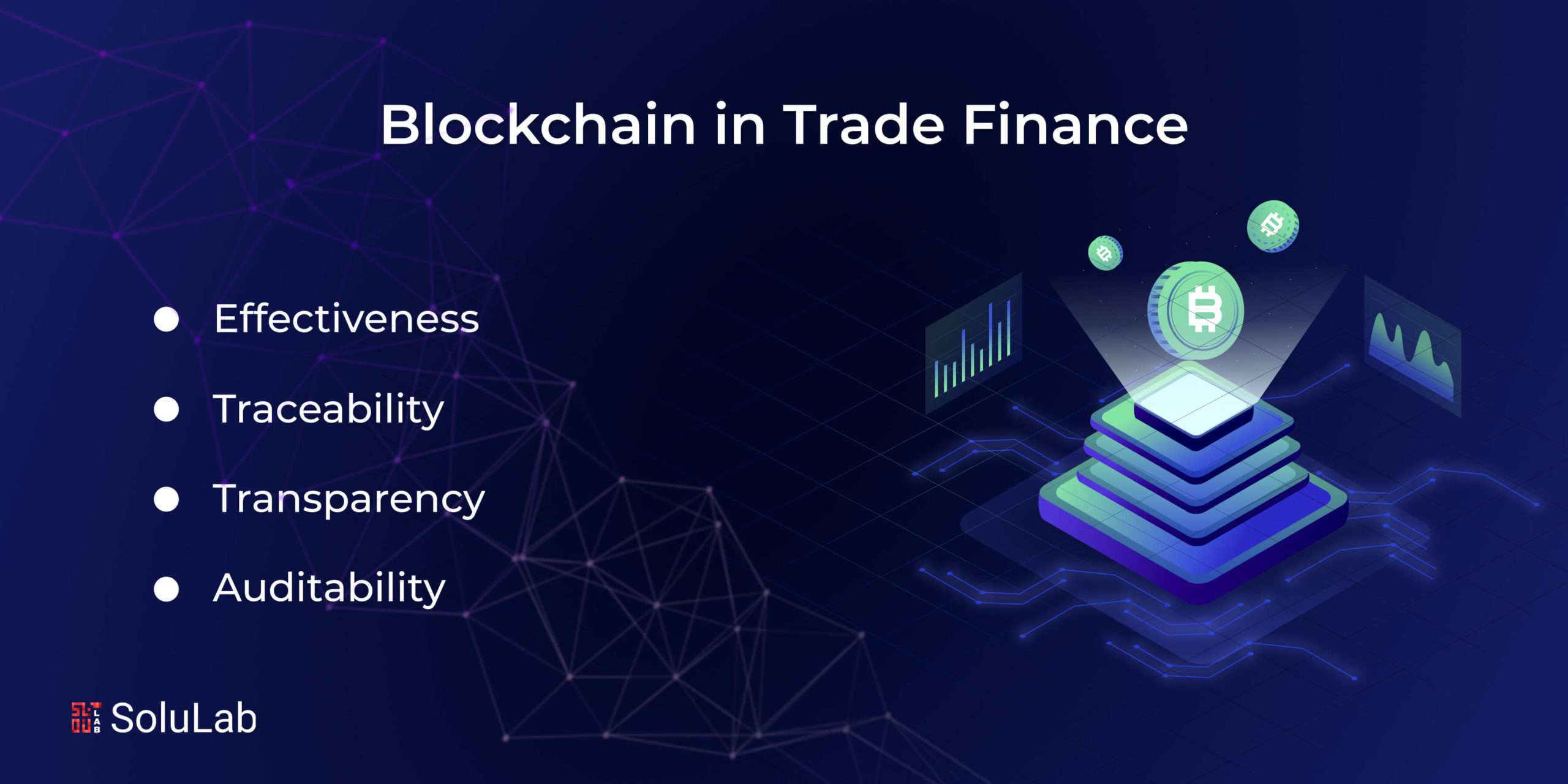
Operational Efficiency and Cost Reduction: Automating settlement and record-keeping on Ethereum reduces administrative overhead and operational costs for institutional investors compared to traditional fixed-income markets.
-

Regulatory Engagement and Clarity: With the SEC’s 2025 proposals to encourage distributed ledger technology, institutional investors benefit from increasing regulatory clarity and support for tokenized securities.
- Enhanced Liquidity: Tokenized Treasuries can be traded instantly at any time, eliminating T and 2 settlement delays that are standard in legacy systems.
- Fractional Ownership: Institutions and qualified individuals can purchase fractional shares rather than whole bonds or funds, lowering barriers to entry while enabling more diversified portfolios.
- Transparency and Security: Blockchain provides immutable records of ownership and transactions – every movement is auditable by design – reducing risk and building trust among counterparties.
This combination is particularly attractive for institutional investors seeking both yield and flexibility without sacrificing regulatory oversight or security.
Pioneers Leading the Charge: Fidelity, BlackRock and JPMorgan
The ecosystem is no longer experimental – it is being shaped by some of the world’s largest asset managers and banks:
- Fidelity’s FYOXX Fund: Launched August 2025 on Ethereum with real-time settlement via FDIT tokens.
- BlackRock’s BUIDL Fund: Over $2.5 billion AUM as of September 2025 – nearly all assets remain on-chain.
- JPMorgan and Ondo Finance Collaboration: In May 2025, JPMorgan executed its first public transaction involving tokenized Treasuries on Ondo Finance’s $ONDO ledger – a milestone for blockchain adoption in institutional finance.
The involvement of these blue-chip players signals growing confidence that blockchain-based securities are ready to scale across global markets while meeting regulatory standards.
Regulators are also adapting to this new paradigm. The SEC’s April 2025 proposal for distributed ledger exemptions has provided much-needed clarity, encouraging further institutional participation in tokenized fixed-income products. This regulatory engagement is critical for risk management and investor protection, helping bridge the gap between traditional compliance frameworks and the innovations of Ethereum capital markets.
Tokenization platforms like Ondo Finance and Securitize have been instrumental in enabling seamless access to U. S. Treasuries via blockchain. Ondo’s OUSG product, for example, provides qualified purchasers with exposure to short-term Treasuries and money market funds, allowing stablecoin mints and redemptions 24/7. Meanwhile, Securitize continues to pioneer blockchain bonds and digital securities infrastructure for compliant issuance and secondary trading.
Global Access and Diversification: Breaking Down Barriers
The digitization of U. S. government debt is not just a technical upgrade, it’s a fundamental shift in market accessibility. Investors from Asia, the Middle East, and beyond can now participate directly in U. S. Treasury markets via Ethereum-based tokens, often bypassing legacy intermediaries and costly cross-border settlement processes.
Top Platforms Offering Tokenized U.S. Treasuries on Ethereum
-

Fidelity Treasury Digital Fund (FYOXX) — Launched in August 2025, this fund issues the Fidelity Digital Interest Token (FDIT) on Ethereum, allowing institutional investors to access U.S. Treasuries with real-time settlement and 24/7 trading.
-
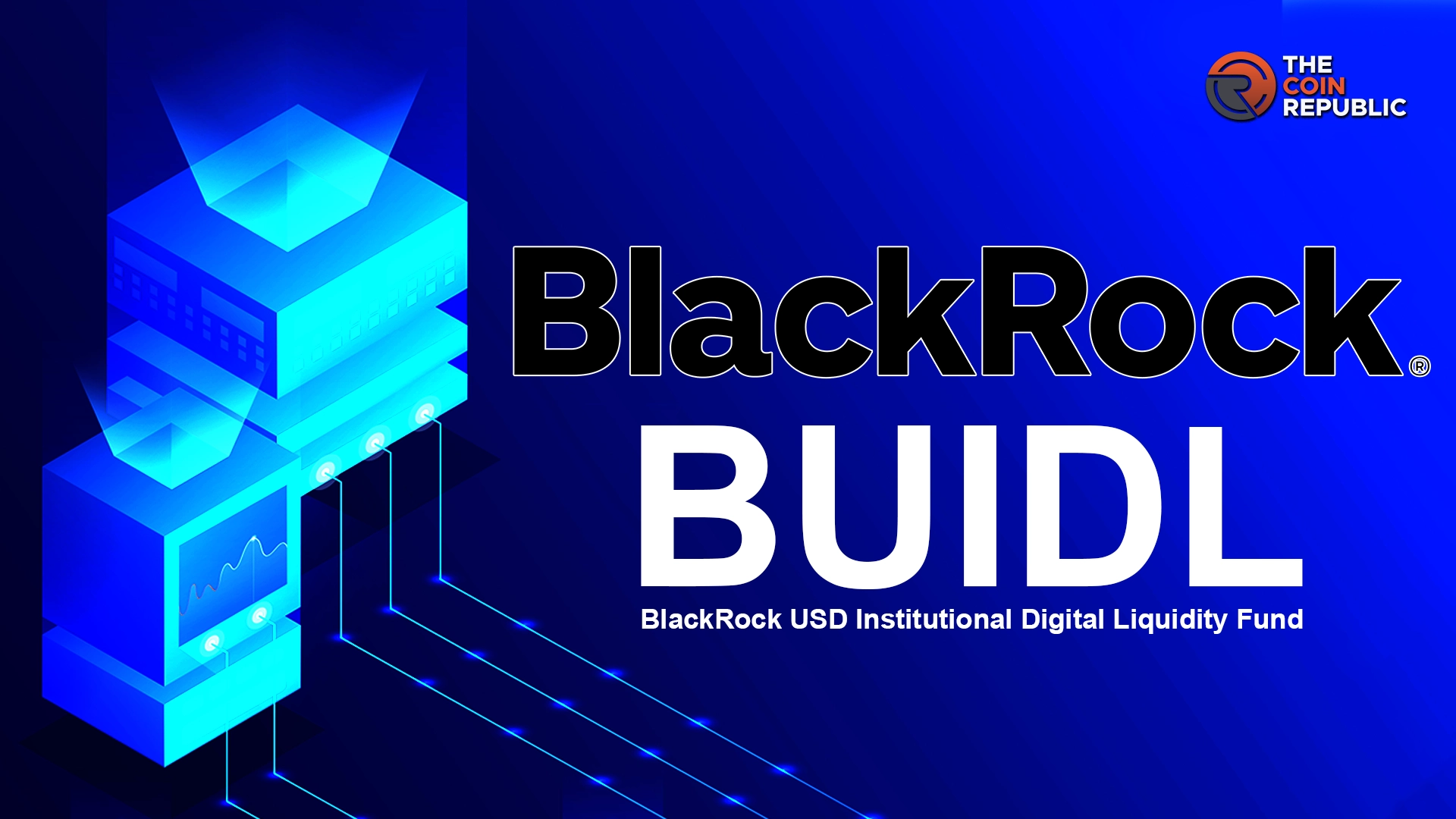
BlackRock BUIDL Fund — As a market leader since early 2024, BlackRock’s BUIDL offers exposure to U.S. Treasuries via Ethereum, managing over $2.5 billion in assets and providing transparency and instant settlement.
-
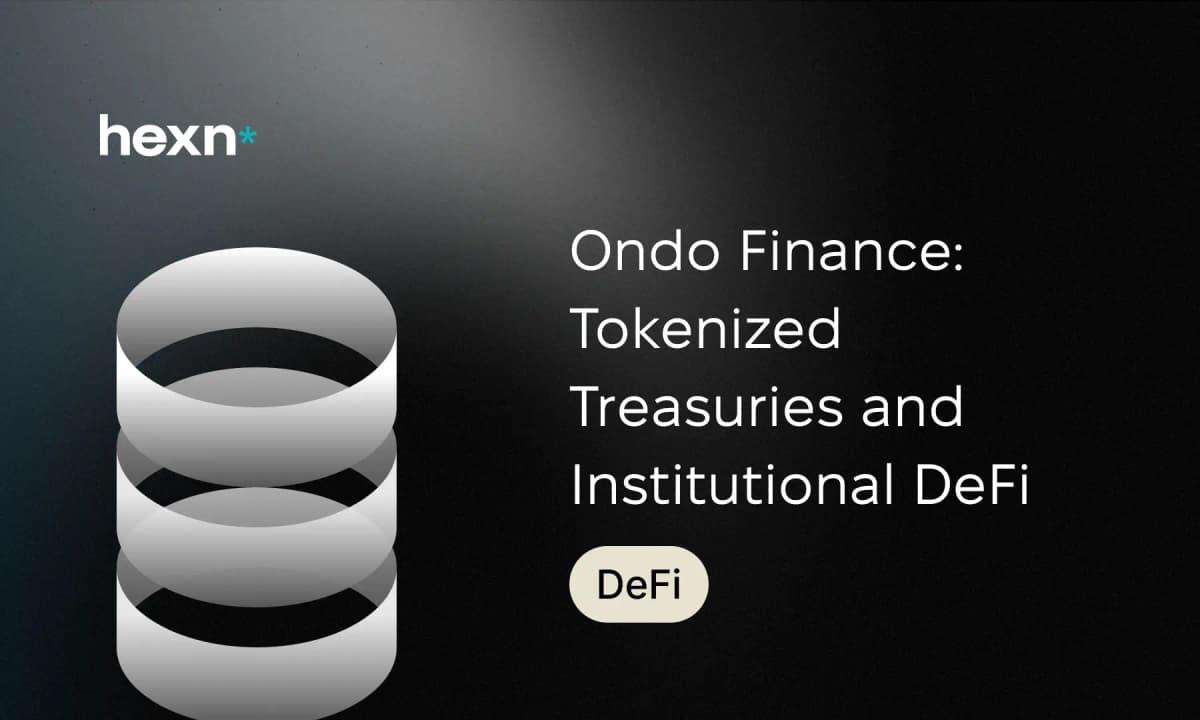
Ondo Finance (OUSG) — Ondo’s OUSG token gives qualified investors access to short-term U.S. Treasuries and money market funds, with on-chain minting and redemption on Ethereum. JPMorgan executed its first public tokenized Treasury trade on Ondo’s ledger in May 2025.
-
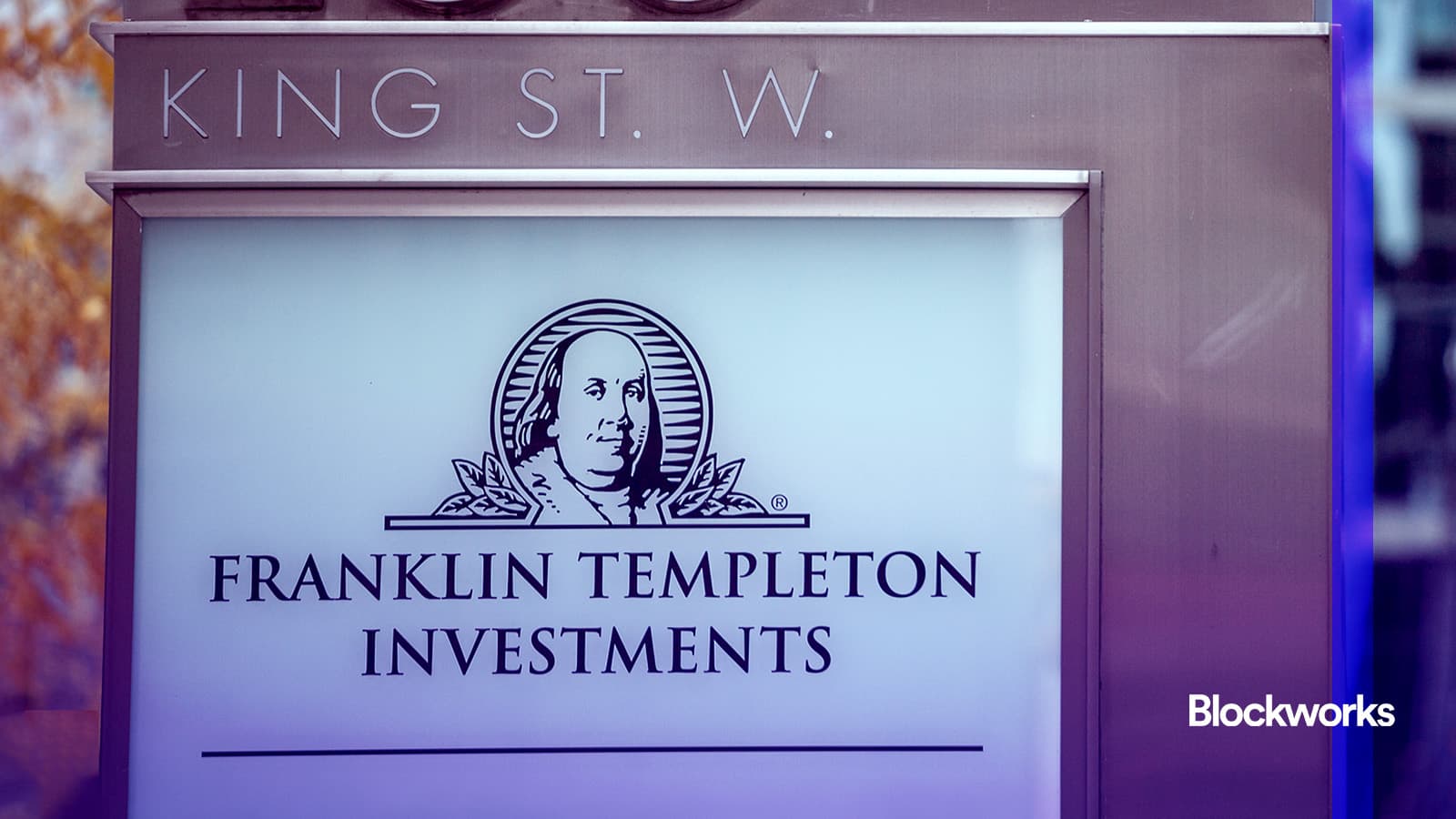
Franklin Templeton BENJI Platform — The BENJI platform tokenizes U.S. Treasury funds on Ethereum, providing institutional-grade access and 24/7 operational flexibility for investors.
-
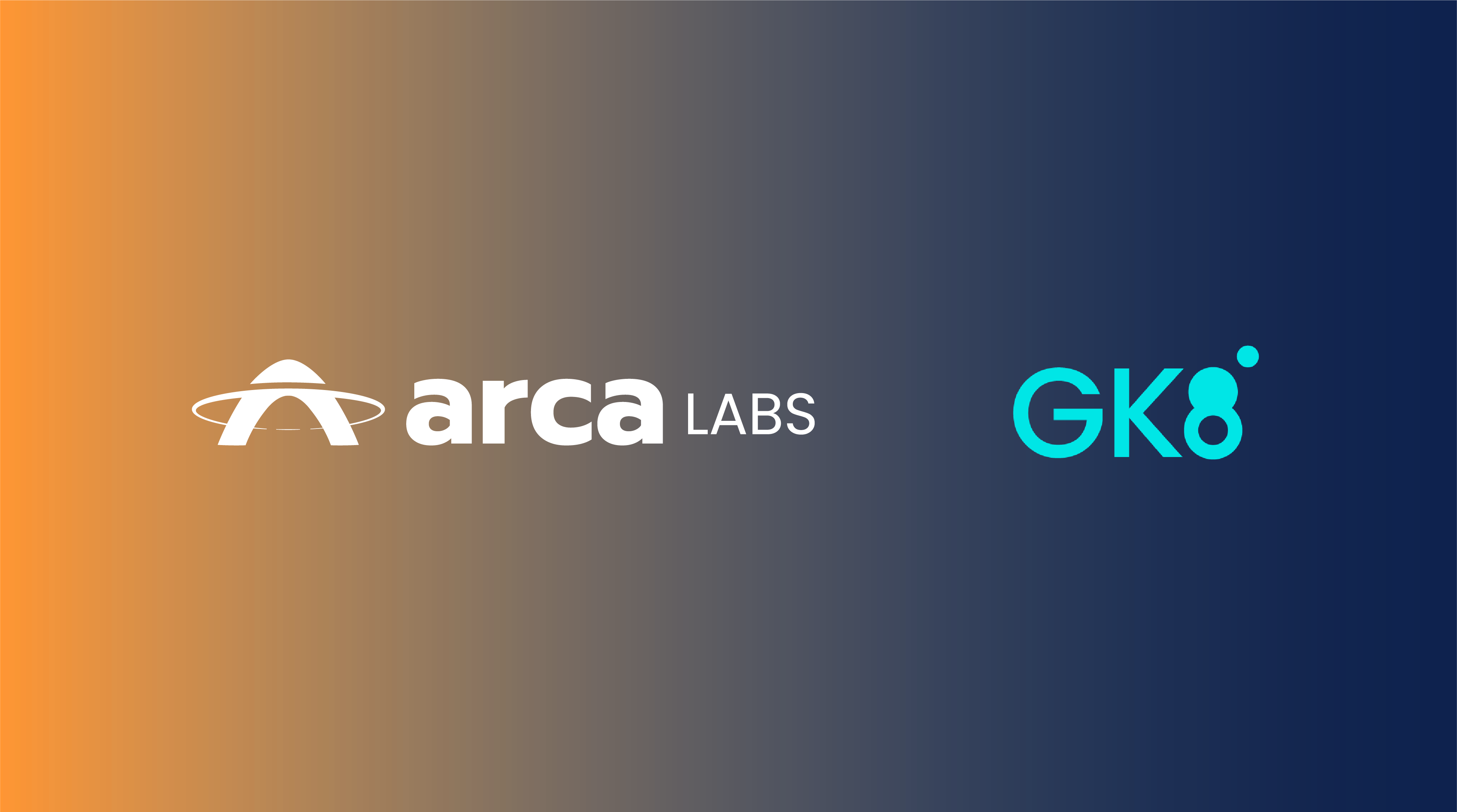
Arca Labs ArCoin — ArCoin is an ERC-1404 token on Ethereum, representing shares in a fund holding U.S. Treasury securities, designed for compliance and institutional adoption.
This global reach is already visible: Abu Dhabi’s Realize fund tokenizes U. S. Treasury ETFs on both Ethereum and IOTA, opening exposure to new regions while maintaining robust compliance standards. As more jurisdictions recognize the efficiency gains from blockchain-based securities, expect further democratization of fixed-income investing worldwide.
What Comes Next: The Future of Institutional Fixed-Income Crypto
With $7.2 billion in tokenized U. S. Treasuries now circulating, and $5.3 billion secured on Ethereum, the stage is set for continued expansion as more issuers, custodians, and trading venues embrace digital assets. The lines between traditional bonds and blockchain-based instruments are blurring as asset managers seek operational alpha through automation, programmability, and global liquidity pools.
Looking ahead, greater interoperability between blockchains (such as Ethereum’s integration with IOTA or other purpose-built networks) could further accelerate adoption by supporting even more complex instruments, think structured notes or ESG-linked bonds, delivered with the same transparency that now defines tokenized Treasuries.
The transformation underway is profound but still unfolding, driven by a blend of regulatory clarity, technological innovation, and institutional conviction that blockchain can enhance both performance and trust in capital markets.






